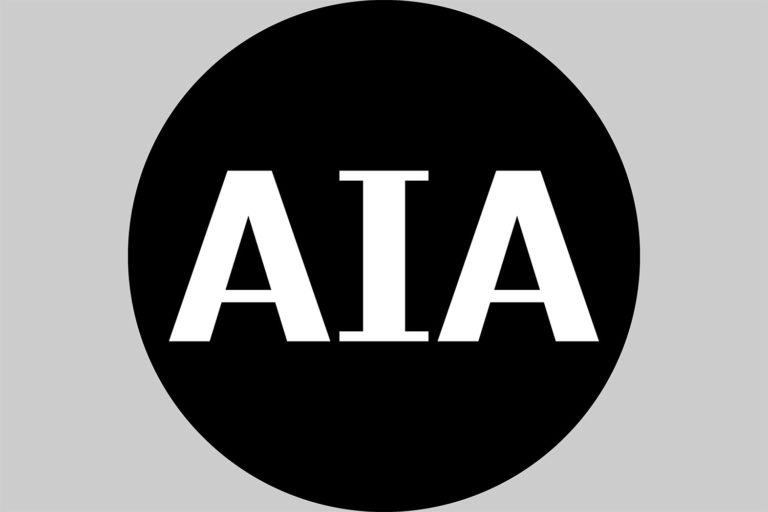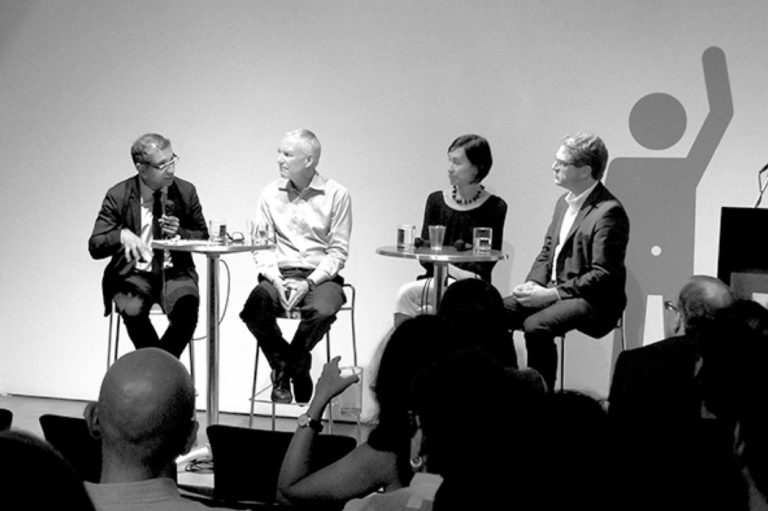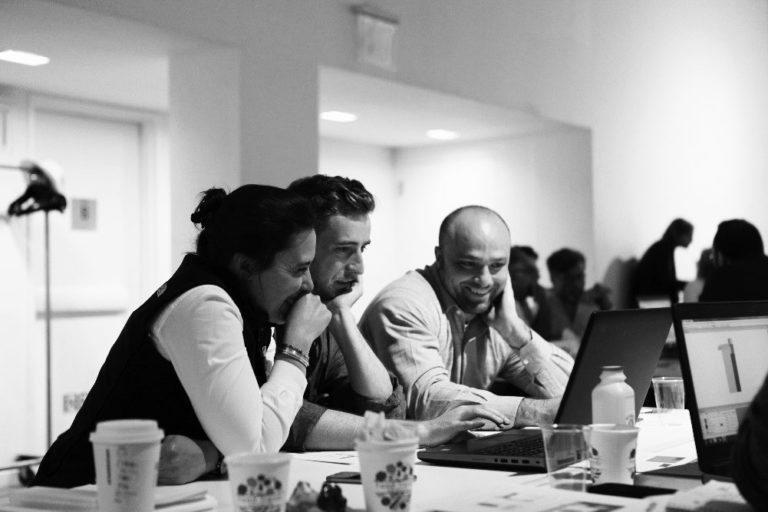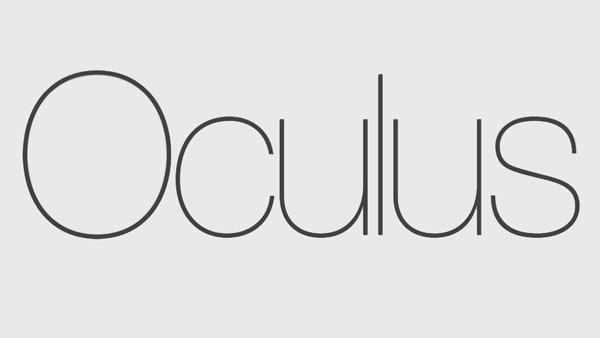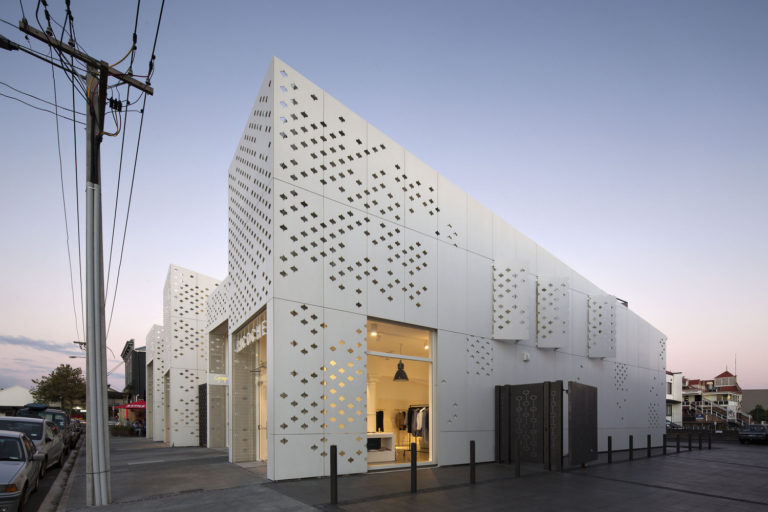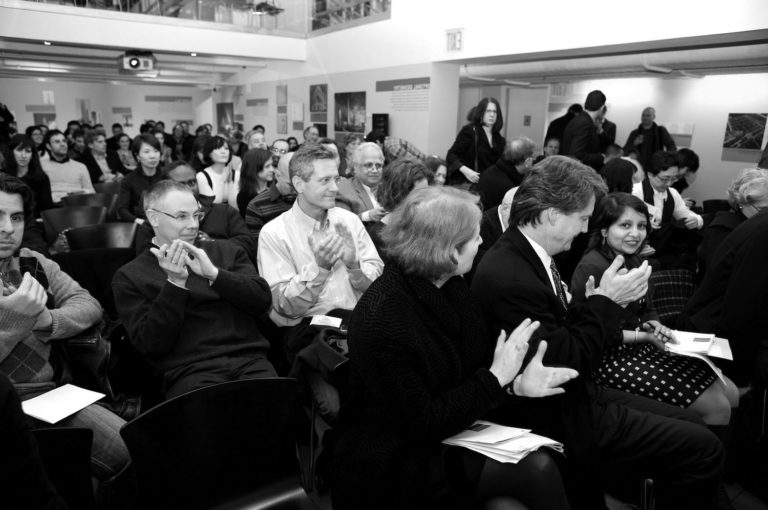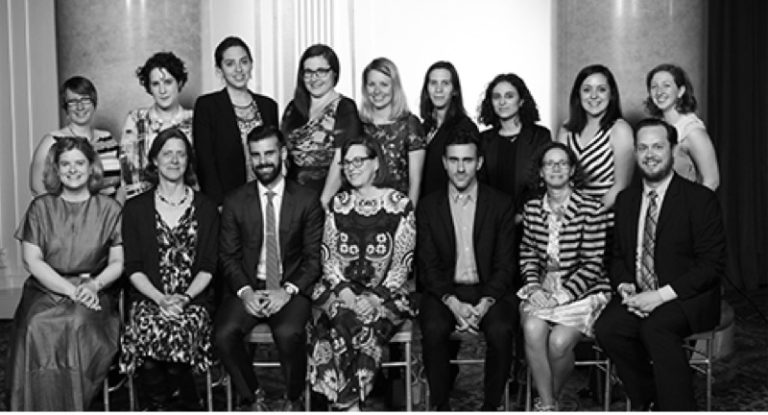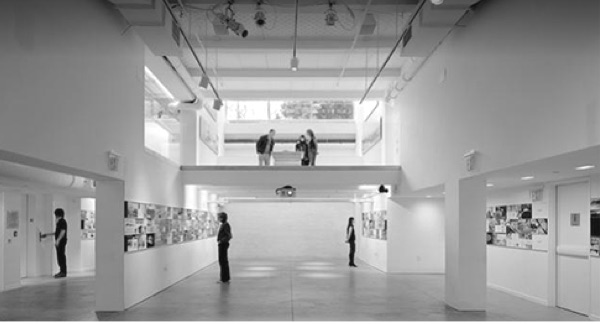-
April 16, 2025Beacon of Light: Designing Urban Resilience for Blackouts
By Fadila Prastawa, Qinni (Nino) Xiang, Xueer Han, Liliya Treyger
Pratt Institute – Master of Professional Studies, Design ManagementIn an era of growing climate volatility and digital dependency, the risk of citywide blackouts poses serious challenges to urban safety, equity, and mobility. “Beacon of Light” is a research-driven design proposal developed by graduate students in Pratt Institute’s Design Management program. It introduces a scalable disaster mitigation framework that emphasizes personal navigation, emergency response, and community preparedness during large-scale power outages.
The Beacon of Light System is structured around three integrated components:
- Emergency Kiosks strategically located in public spaces to provide first aid, charging stations, and real-time guidance;
- Beacon Buses, retrofitted public transit vehicles equipped with emergency supplies and offline communication tools;
- Offline Navigation Resources, including pre-downloaded maps, multilingual printed guides, and solar-powered radios to support communication during outages.
The research highlights how blackouts disproportionately affect tourists, the elderly, non-English speakers, and residents in underserved communities. Drawing from service design methodologies such as journey mapping and service blueprints, the team created a user-centered framework focused on guiding individuals safely through the stages of a blackout—from disorientation to recovery.
A pilot is proposed for Bensonhurst, Brooklyn, a diverse, transit-reliant neighborhood vulnerable to extended outages. Following initial implementation, the system would scale citywide and eventually to other high-risk global cities. Strategic partnerships with NYC Emergency Management, FEMA, Con Edison, and Verizon are envisioned to support deployment, infrastructure resilience, and outreach.
Beacon of Light also aligns with UN Sustainable Development Goals 11 and 13, addressing the intersection of sustainable urban planning and climate adaptation. By shifting the focus from infrastructure-only responses to human-scale preparedness, the project offers a replicable model that blends public policy, service design, and community engagement.
Beacon of Light reframes blackout response through a design lens—shifting from top-down disaster recovery to proactive, community-embedded resilience. The system offers a replicable model for global cities preparing for an increasingly uncertain energy future.
Note: This project was completed as part of the Design Futures: Theory and Practice course, which culminates the MPS Design Management curriculum at Pratt Institute. For more information, see the Full Report here.
 .
.
Design for Risk and Reconstruction
The Design for Risk and Reconstruction Committee (DfRR) harnesses the design community's expertise to address disaster mitigation and adaptation in situations caused by major events that threaten people in the built environment, such as major storms, extreme heat, climate change, sea-level rise, terrorist attacks, etc. Our mission is to foster awareness within the profession and the public of the necessity of anticipating risk at multiple scales, from a single building to comprehensive regional planning. Our goals: To formulate programs that engage the profession, stakeholders (public), and policymakers in important conversations around these issues; To develop appropriate professional-public partnerships to bring leaders and innovators together; To examine the design sequence to address mitigating natural and human-made disasters, developing disaster preparedness scenarios, mobilizing disaster relief response and recovery, and planning and executing reconstruction projects; To improve the designed environment to protect the health, safety, and welfare of its inhabitants—functionally, technically, economically, and aesthetically. Illya Azaroff, FAIA, and Lance Jay Brown, FAIA founded DfRR in recognition of the growing need to address the increasing vulnerabilities that communities face across the world. The Board of the AIA New York Chapter formally established DfRR on May 17, 2011, and sanctioned the committee name on June 21, 2011. Meetings typically occur at 6:30 pm on the second Wednesday of each month.
